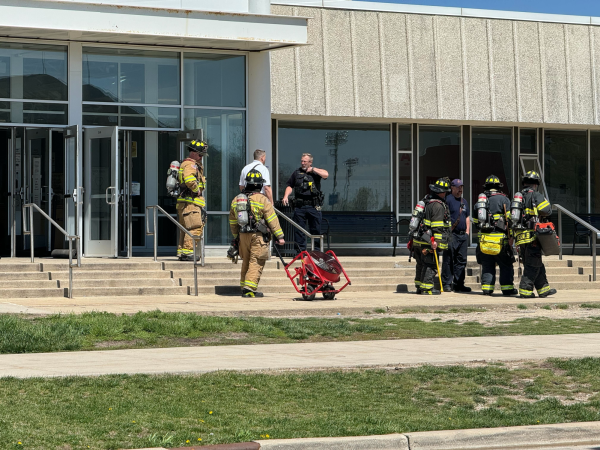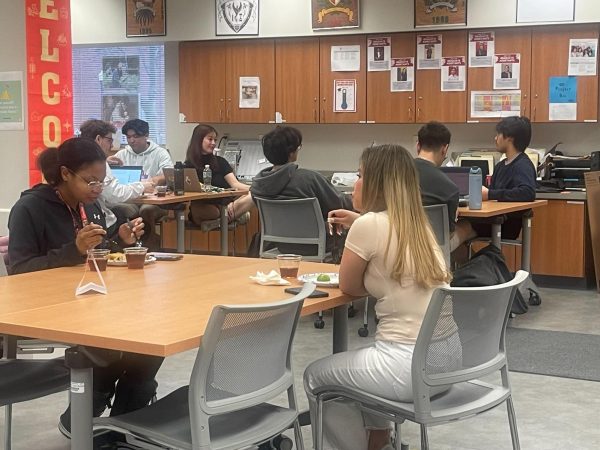NIU alumna speaks to mental health’s effect in education
October 11, 2018
DeKALB – NIU alumna Lisa Kay delivered a presentation about art and education Wednesday in the Jack Arends building, teaching about the psychological effect of art.
Kay spoke about stress and how it affects millions of children and adults. She spoke of younger people, from primary to high school education levels, and emphasized how many kinds of stress can be fixed with nurturing from a parent or guardian.
Kay tied the conversation to art by explaining how it can help eliminate stress, and it is important for art education teachers to understand their students’ struggles so they can be the nurturing role model they need to be.
“It’s important we understand the impact of trauma on brain development and learning [because] understanding the impact is important for educators,” Kay said. “We can play a really important role in recognizing trauma and helping students connect with resources and mental health professionals if needed.”
Throughout the presentation, Kay discussed brain development, therapeutic art, pain and trauma and art’s effect on children. Art helps children build relationships and provides an environment they can create in without fear of judgement.
Alexis Gruber, senior art education major, attended the presentation and said she was intrigued by the subject matter because, as an art education major, she gained a new outlook on teaching.
“[In a class I took over the summer] we learned about how to differentiate art therapy and art education; that’s where I kind of have a base information on this,” Gruber said. “This kind of makes me think more about the psychological and the brain aspect, and I never really thought about that, so that’s interesting.”
Kay described the different aspects of the brain and how each part functions. Showing an example, she used her hand as a model for the brain, with the back of her hand acting as the lower part of the brain.
Douglas Weckesser, a 48-year-old high school art teacher from Wheaton, also attended the presentation. He said he was looking for more ways to better his teaching.
“As an art teacher, you end up doing art therapy as part of your program,” Weckesser said. “It’s not intentional; it’s not a focus, but it’s something that happens. It was interesting seeing where [Kay’s] research is going and how it can be used as something an art teacher can use in their repertoire.”
Kay’s research showed how art is therapeutic and used by many people to escape everyday life. When students are stressed, they seek the support of an adult, which is why it’s important to Kay for people to be aware of what goes on in the brain and what they can do to change their outlook.
Kay ended the presentation by reminding the audience how being aware of mental health and its effect on students is important for better understanding students and becoming a better teacher.
“I think it’s really important for us to understand that children today are facing tremendous social and emotional physical challenges,” Kay said.














